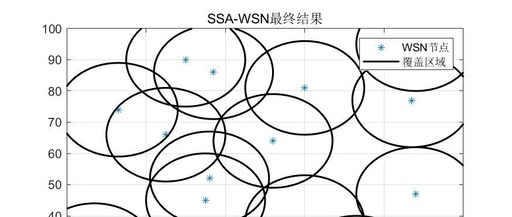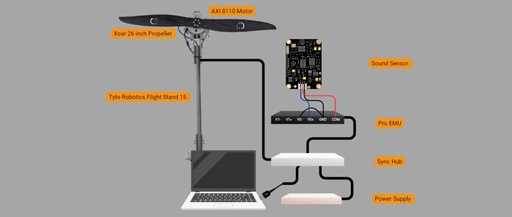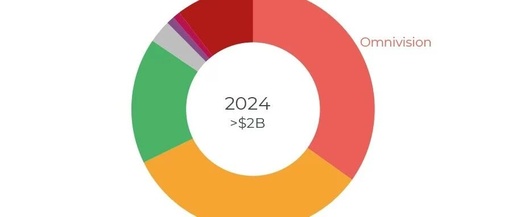Huawei Mate80 Pro: A Stable Imaging Experience with Domestic Sensors and Kirin Chips
In today’s flagship imaging smartphone market, the competition has become intense with 1-inch sensors and dual telephoto lenses. The larger the parameters and the more lenses, it seems that pixel count and size are the only standards for taking good photos. However, while everyone is caught up in this “arms race,” the Huawei Mate80 Pro … Read more









